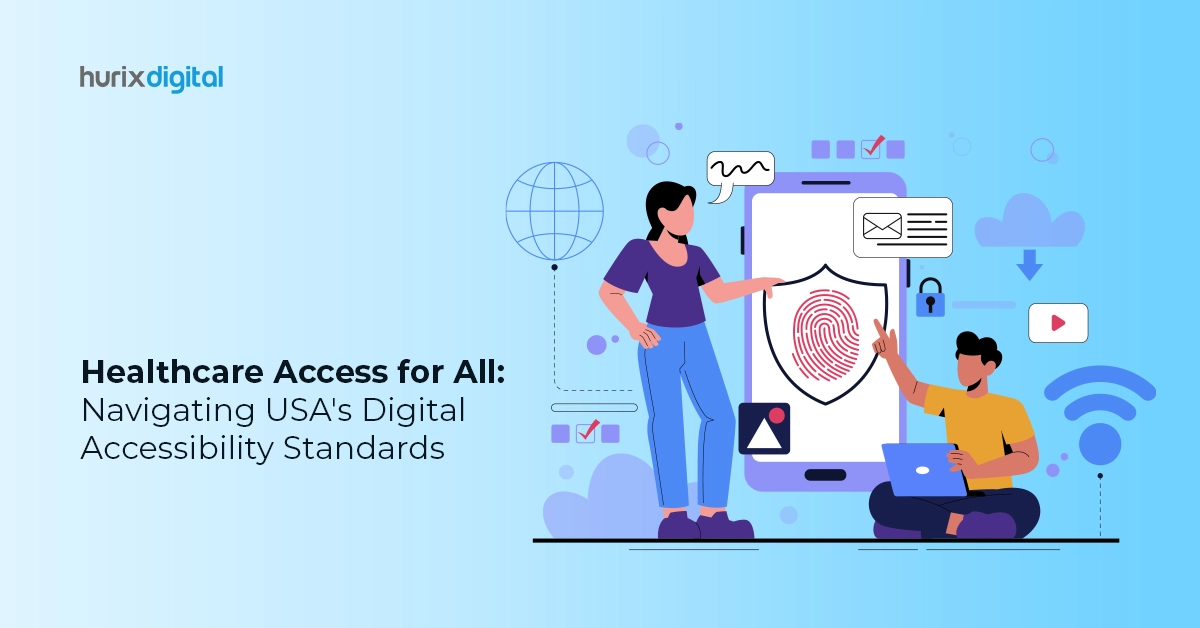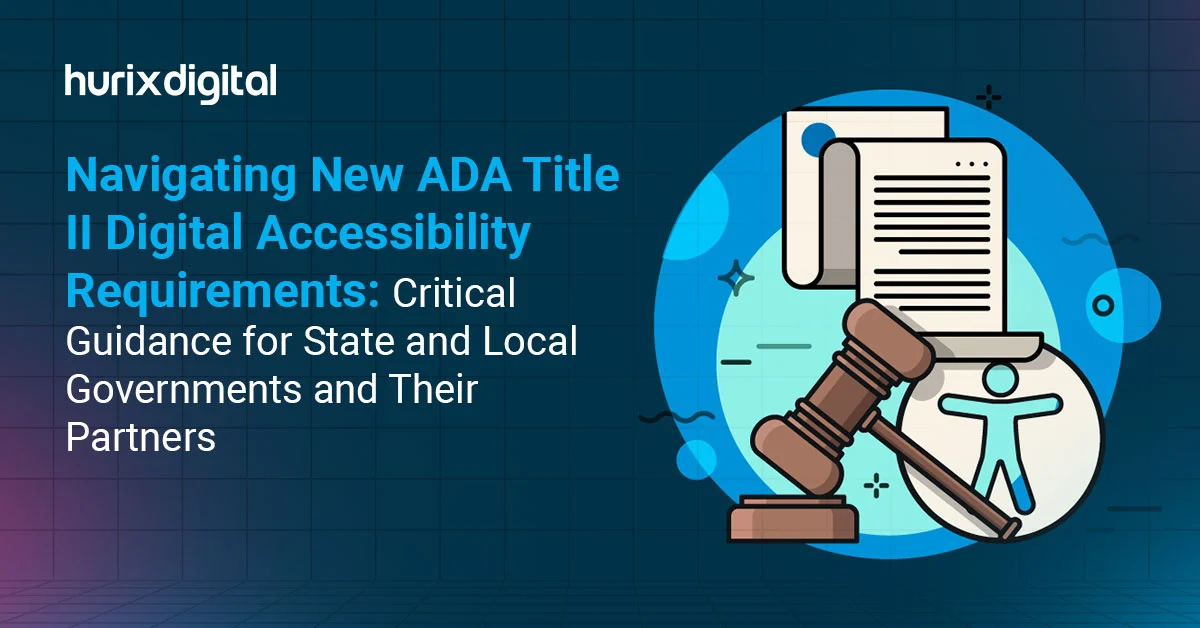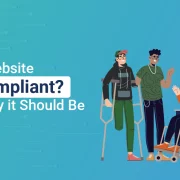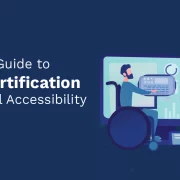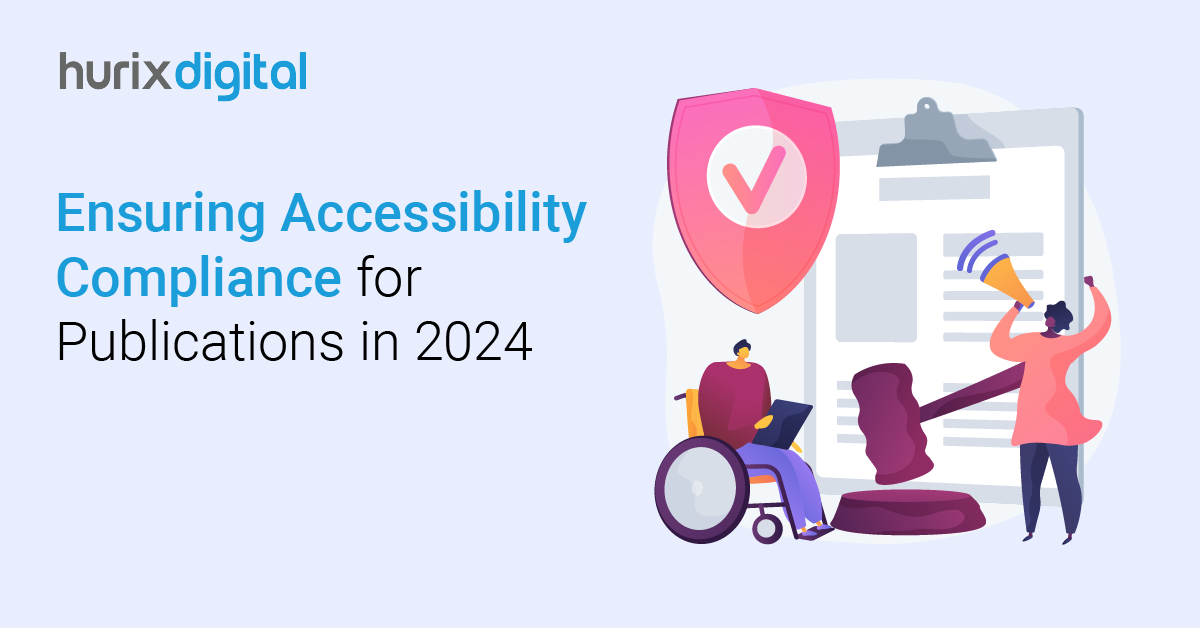
Ensuring Accessibility Compliance for Publications in 2024
Summary
This article overviews digital accessibility, including ADA, Section 508, WCAG, and offers tips on inclusive design, user feedback, and assistive tech in publishing.
In today’s digital landscape, adhering to accessibility regulations is paramount to ensuring that all individuals, including those with disabilities, can access and benefit from published content.
For a Director of Publishing, compliance with these regulations is not merely a legal requirement but also a fundamental aspect of creating a successful and inclusive business. Accessibility laws, such as Section 508, mandate that digital content be accessible to all users, providing a competitive edge and fostering a more diverse audience.
In this post, we will take you through a comprehensive guide to navigating digital accessibility. We will cover key regulations, such as Section 508 and WCAG standards, and provide practical insights into implementing accessibility best practices. Let’s dive in!
Table of Contents:
- Understanding Accessibility Regulations
- Implementing Digital Accessibility in Publishing
- Tools for Ensuring Publishing Accessibility
- Wrapping Up
Understanding Accessibility Regulations
Accessibility standards are important for digital content to be accessible to all users, including those with disabilities. Navigating these rules is crucial for publishing professionals to ensure compliance and inclusiveness.
Here are the particular guidelines that define accessibility in digital publications:
1. ADA Compliance
Publications and other digital information must be available to people with disabilities, according to the Americans with Disabilities Act (ADA). For a Director of Publishing, ensuring digital formats work with assistive technology like screen readers and visual displays.
Maintaining compliance with the Americans with Disabilities Act (ADA) rules improves diversity and reduces legal risks related to accessibility regulation, which have surged in recent years.
2. Section 508 Standards
Federal agencies should make their electronic and data tech accessible to people with disabilities by Section 508 of the Rehabilitation Act. This standard applies to any digital material that these organizations produce.
It also acts as a manual for publishers in the private sector. Despite their disability, ensure digital material is accessible to all users. Compliance with Section 508, which, in exchange, supports fair access to information and services across platforms and devices, makes this easier.
3. WCAG Standards
A complete collection of rules for improving the accessibility of web content is provided by the Web Content Accessibility Rules (WCAG). Globally recognized and completely used, WCAG standards offer a strong foundation for document accessibility in the publishing sector.
Following WCAG standards improves the overall user experience, search engine optimization, compliance with international accessibility requirements, and suitability for those with disabilities.
Also Read: Enhance User Navigation with Responsive Design and Web Accessibility
Implementing Digital Accessibility in Publishing
Here’s a snapshot of how to effectively integrate digital accessibility practices into your publishing processes:
1. Inclusive Publishing Practices
If companies want to achieve inclusive publishing, they must implement policies that guarantee material is accessible from the bottom up.
This involves sticking to best practices for organizing data and display, leveraging accessible formats, and ensuring that web accessibility features are compatible. Applying inclusive publishing methods improves brand reputation across multiple audiences, fostering a more inclusive corporate culture by improving accessibility.
2. Accessibility Guidelines for Digital Content
Adhering to accessibility guidelines is necessary for both diversity and compliance. These rules involve using straightforward language, ensuring that the information is simply accessible, and offering text alternatives for non-text content.
For an extensive overview, see WCAG resources and Section 508. For a director of publishing, following these suggestions will guarantee that digital material confirms accessibility standards, improves user experience, and satisfies various user needs, including those with disabilities.
3. User Feedback and Continuous Improvement
Engage users with disabilities to provide feedback on the accessibility of your content. Their insights can highlight practical issues and areas for improvement that may not be identified through automated or manual testing alone.
Implement a feedback loop where user suggestions are considered and improvements are made accordingly. Continuous feedback and iterative improvements help refine accessibility practices and enhance overall user satisfaction.
By incorporating these practices, you can create an accessible and inclusive publishing environment that meets regulatory requirements and serves a diverse audience effectively.
Tools for Ensuring Publishing Accessibility
Below are some essential tools that can help you ensure accessibility in your publishing processes:
1. Document Accessibility Tools
Several publishing accessibility tools ensure the demand for your publication. You can find and fix accessibility problems in your papers with programs like Adobe Acrobat Pro, Microsoft’s Accessibility Checker, and other online validation tools.
Using these technologies, the accessibility auditing procedure may be streamlined, human labor can be decreased, and complete compliance with accessibility requirements can be guaranteed.
2. Interactive Content Testing Tools
Interactive content testing tools assess the accessibility of dynamic and interactive elements such as forms, quizzes, and multimedia. Tools like Accessibility Checker for Forms and Interactive Content Accessibility Tools help ensure that these elements are accessible and functional for all users.
Testing interactive content is crucial for providing an inclusive experience across all types of digital interactions.
3. Alternative Text Generators
Alternative text generators, such as automated alt text tools, assist in creating descriptive text for images and multimedia content. Tools like Microsoft Azure’s Computer Vision and Google Cloud Vision API can automatically generate alt text, which can be refined to improve accessibility.
These tools help ensure that visual content is accessible to users with visual impairments by providing meaningful descriptions.
By incorporating these tools into your accessibility strategy, you can enhance the inclusivity of your digital content and ensure compliance with accessibility standards.
Also Read: Top 5 Reasons for Digital Accessibility Compliance in Europe
Wrapping Up
Compliance with accessibility regulations is important for ensuring your publications remain future-proof. Publishing companies can guarantee that their material is accessible to all by learning and practicing standards like Section 508, WCAG, and ADA compliance using the right technologies.
This not only satisfies regulatory demands but also grows your audience and improves the inclusive reputation of your company. A more inclusive publishing business and greater dedication to accessibility may be achieved by appreciating accessibility rather than just adhering to regulations.
At Hurix Digital, we specialize in helping you implement a robust accessibility strategy tailored to your publishing needs. With our expertise and innovative solutions, we ensure that your content is both compliant and inclusive.
Sounds interesting? Book an appointment with us!

Vice President – Digital Content Transformation. He is PMP, CSM, and CPACC certified and has 20+ years of experience in Project Management, Delivery Management, and managing the Offshore Development Centre (ODC).

